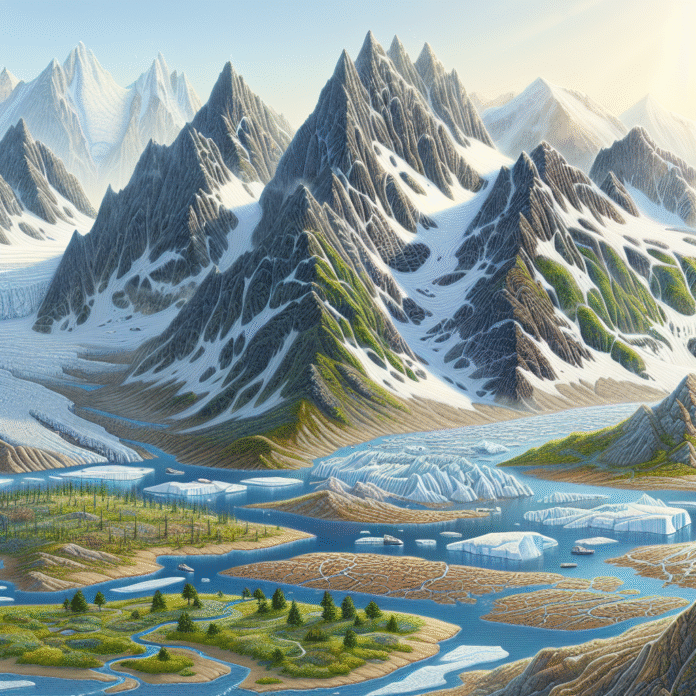Melting Mountains and Climate Change Effects on Kashmir
Melting Mountains: Impact of Climate Change
Climate change has become one of the most pressing issues of our time, with its effects manifesting in various forms across the globe. Among the most visible consequences are the melting glaciers in mountainous regions, which have far-reaching implications for ecosystems, communities, and economies.
Glacial Retreat and Its Consequences
Glaciers serve as critical freshwater reservoirs, feeding rivers and lakes that support millions of people. As global temperatures rise, these ice masses are retreating at alarming rates. According to recent studies, many glaciers in the Himalayas, the Andes, and the Alps have lost significant mass over the past century. For instance, the Himalayan glaciers, which are vital for water supply in South Asia, are projected to shrink by up to 70% by the year 2100 if current warming trends continue.
The melting of glaciers not only contributes to rising sea levels but also disrupts local ecosystems. Aquatic habitats are altered, affecting fish populations and other wildlife. Additionally, the loss of glacial cover exposes underlying terrain, increasing the likelihood of landslides and flooding, which can devastate communities situated in these regions.
Impact on Communities
The communities that depend on glacial meltwater face significant challenges as glaciers continue to shrink. In regions like the Indus Valley, farmers rely on seasonal meltwater for irrigation. The reduction in water availability threatens agricultural productivity and food security. Moreover, local economies that depend on tourism related to glacial landscapes are at risk. As glaciers diminish, the allure of these natural wonders may fade, impacting jobs and livelihoods.
Additionally, melting glaciers can lead to the formation of glacial lakes, which pose a risk of glacial lake outburst floods (GLOFs). These sudden releases of water can result in catastrophic flooding downstream, endangering lives and infrastructure.
Broader Environmental Impacts
The melting of mountain glaciers has wider implications for climate regulation. Glaciers reflect sunlight and help to regulate temperatures. Their disappearance can lead to accelerated warming in these regions, creating a feedback loop that exacerbates climate change. Furthermore, as glaciers melt, they release stored greenhouse gases, which can further contribute to global warming.
The loss of snow cover also impacts local weather patterns. Snow acts as an insulating layer, and its absence can lead to changes in rainfall patterns, further stressing water resources.
Mitigation and Adaptation Strategies
Addressing the challenges posed by melting glaciers requires a multifaceted approach. Mitigation efforts must focus on reducing greenhouse gas emissions globally to slow down climate change. Transitioning to renewable energy sources, implementing energy-efficient practices, and promoting sustainable land use can contribute to these efforts.
Adaptation strategies are equally crucial. Communities can invest in water management systems that enhance resilience to changing water availability, such as rainwater harvesting and improved irrigation techniques. Additionally, governments can promote policies that support sustainable tourism and protect vulnerable ecosystems.
Conclusion
The impact of climate change on melting mountains is a pressing concern that extends beyond environmental degradation. It threatens the very fabric of communities and economies reliant on these vital water sources. As we navigate this crisis, it is essential to prioritize both mitigation and adaptation strategies to safeguard our planet’s future and ensure the well-being of millions who depend on glacial ecosystems. The time to act is now, for the mountains are melting, and their loss will be felt by generations to come.


